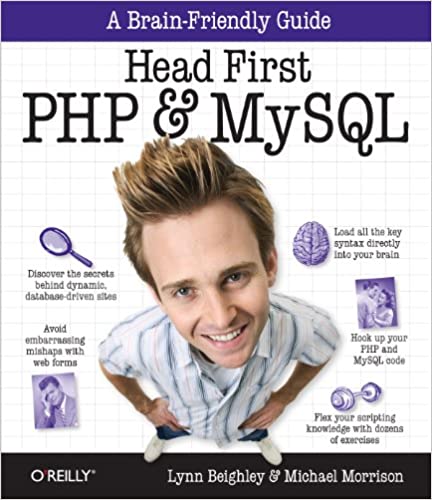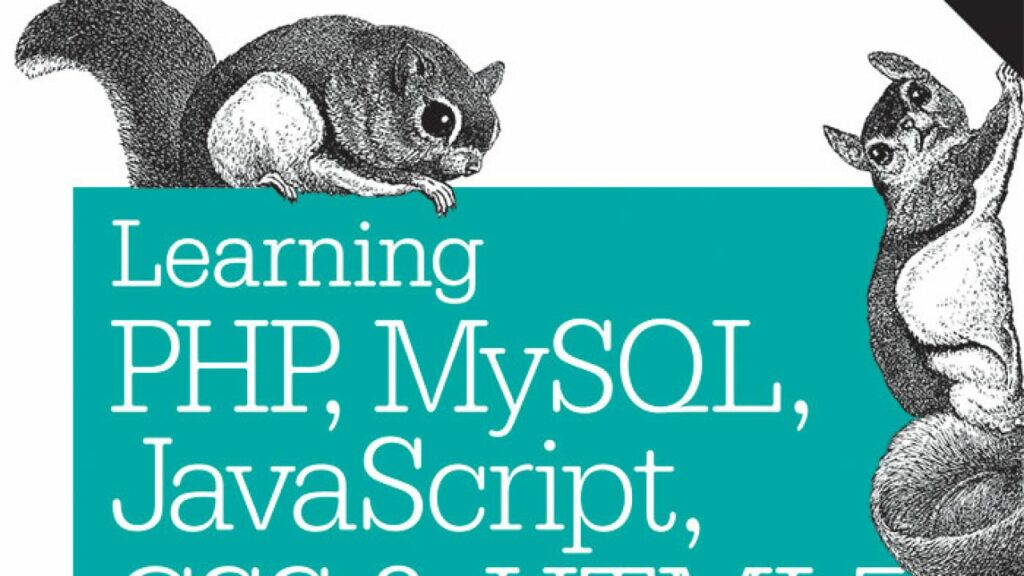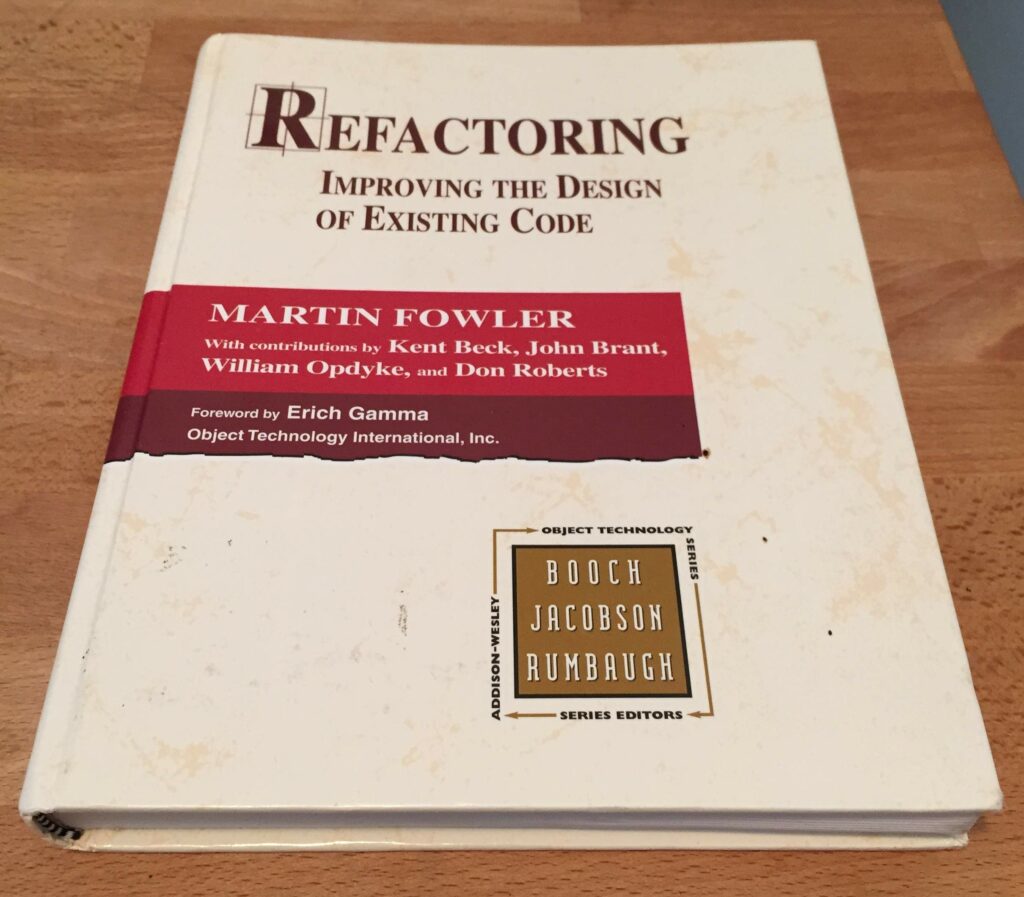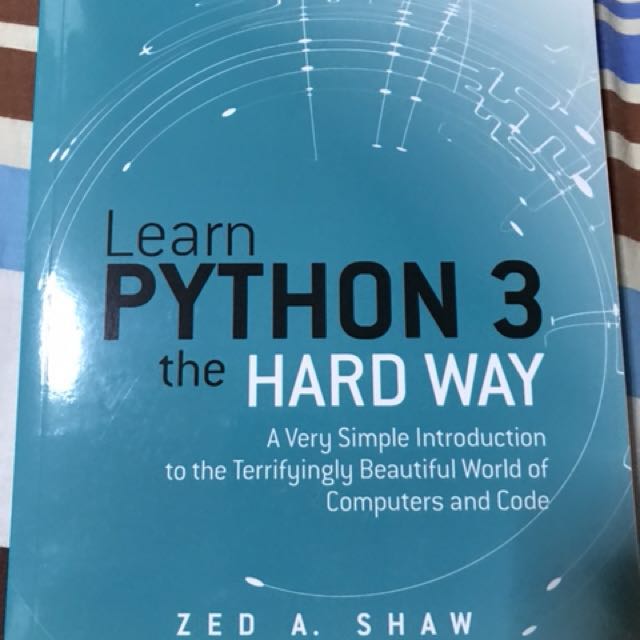Books have always been the best friend and teacher for those who are looking to learn. They let you travel anywhere you wish without moving your feet. That’s why here we introduce you to some of the best books you can ever find in the programming field. So, read this article to the end.

Head First PHP & MySQL
PHP and MySQL are two popular web development technologies. Head First PHP & MySQL shows you why site development is impossible without PHP and MySQL, just like when you don’t use CSS. This book teaches you basic to advanced web design concepts using humorous and straightforward visual and linguistic examples.
“I wish I had started programming from this book,” says Harvey Quamen, a professor at the University of Alberta.
If you want to upgrade your website’s static HTML pages and database them using PHP and MySQL, Head First PHP & MySQL can be an excellent guide for you.
What Topics Does Head First PHP & Mysql Teach?
The PHP and MySQL tutorial by Lynn Beighley and Michael Morrison is in English and is available for purchase through the Amazon website. This book is recommended by many professors of prestigious universities globally and covers the beginner to advanced topics of PHP and MySQL. Some of the topics covered in this book include:
- All the essentials of server-side programming using real-world examples
- Principles of PHP and MySQL programming
- Advanced PHP and MySQL programming topics include form validation, session IDs, cookies, database queries, file input/output operations, etc.
- Using PHP to convert static HTML pages to dynamic websites.
Who is Head First PHP & MySQL suitable for?
- People who are not familiar with the basic concepts of programming such as loop, variable, etc.
- Web designers who have experience using HTML or XHTML and want to upgrade their web pages.
Who Is Not Recommended to Read PHP and Mysql Textbooks?
- People who are don’t interest in doing different things
- PHP professionals looking for a reference book
What Are the Prerequisites for Reading The Book?
PHP and MySql are two popular technologies that help you turn static web pages into dynamic pages. Head First PHP & MySQL is an acclaimed PHP and MySql training book that helps you learn these technologies quickly with humorous language and related illustrations.
However, we suggest you read the “Introduction to the World of Programming” before reading Head First PHP & MySQL.

Learning PHP, MySQL, JavaScript, CSS & HTML5: A Step-by-Step Guide to Creating Dynamic Websites
Professionals recommend that you start learning site design by learning HTML5, CSS3, JavaScript, PHP, and the MySQL database management system. This is the method you see in this book. A Step-by-Step Guide to Creating Dynamic Websites will help you develop your interactive and data-driven websites; even if you have no previous programming experience. In the following, we will introduce and review the book and discuss the prerequisites for learning its tutorials. Stay with us.
What Languages Are Needed to Develop a Website?
Website programming consists of two parts: Front end and Back end.
The Front end programming (user-visible part of the website) is required using HTML, CSS, and Javascript languages. HTML puts various page elements such as paragraphs, lists, images, etc., together to create a web page’s main framework and body. CSS is suitable to beautify and improve the design of web pages. Javascript helps you bring your website to life and make its elements interactive.
The Back-end programming (the core of a site that is not visible to users) is involved in PHP and MySQL database management systems. PHP is the most widely used server-side language and has created about 80% of sites. On the other hand, MySQL is one of the most popular open-source relational database management systems in many web applications.
What Topics Does A Step-by-Step Guide to Creating Dynamic Websites Teach?
Robin Nixon has written this book which is available for purchase through the Amazon website. Topics covered in this book include:
- Principles of PHP Programming and Fundamentals of Object-Oriented Programming (OOP)
- Complete MySQL training, from database structure to complex queries
- Create HTML5, CSS3, Javascript, PHP, and MySQL web pages and integrate them with forms
- Teach the basics of Javascript, functions and event management (Event Handling), and DOM model
- Use CSS to design site pages
- Manipulate CSS properties directly from JavaScript
- Turn your website into a dynamic environment with Ajax calls
- Upload and manipulate files and images
- Securing and validating user inputs
- Strengthen the site using multimedia audio and video elements
- Build a practical example of all the said concepts
Who Is This Book Suitable For?
- Beginners who are interested in web design and programming
- Computer students and all those interested in learning the concepts of web programming in a principled way from a reputable source
Who Is Not a Step-by-Step Guide to Creating Dynamic Websites Book Suitable For?
- People who are not interested in web programming.
- Professionals who are looking for advanced methods of site development
What Are the Prerequisites for Reading the Book?
You need to learn HTML5, CSS3, Javascript, PHP, and MySQL database management systems to design a dynamic website.
Learning PHP, MySQL, JavaScript, CSS & HTML5 – A Step-by-Step Guide to Creating Dynamic Websites is one of the most reliable resources you can use to learn these languages.
However, If you do not have previous experience in programming, we suggest you read this article before reading the book.

Refactoring: Improving Existing Code Design, Martin Fuller
What Is Code Refactoring?
Refactoring is the process of changing a software system so that it does not change the function of the code but improves the internal structure of it.
In software development, a good design is a priority. But over time, the code expands, modifies, and its structure moves away from the original design. At this stage, no trace of the good initial design remains. This is where refactoring comes in and turning a poorly designed slut into a well-designed code.
Book Specifications:
Refactoring: Improving Existing Code Design, Martin Fowler was first written and published in 1999 by Martin Fowler with the help of Kent Beck. All the examples in this book are in the Java programming language and can teach you the concepts practically.
The first edition of the book was published in 340 pages and 15 chapters. The book was reprinted several times until, in 2018, Fowler released the second edition of the book. The new edition has 445 pages and 12 chapters, and he has used the JavaScript programming language for all examples.
It is interesting to note that the concepts in refactoring apply to all programming languages.
What Topics Does the Book Teach?
This book is a refactoring guide for professional programmers. By reading the book, you learn how to reconstruct or refract your code in a controlled and efficient way without inserting bugs into the code.
In the first chapter of this book, Fowler presents a small program with common design flaws and then changes it into an easier sample to understand. This way, he teaches the audience the process of refactoring and a number of valuable methods to refactor the code. If you want to understand what refactoring is, you need to read this key chapter.
In the second chapter, the author has stated most of the general principles of refactoring and some definitions and reasons. Flower also has outlined some of the challenges of refactoring.
Chapter 3 explains how to find bad smells in the code and how to clean them with refactoring. Since testing plays an essential role in this process, Chapter 4 describes how to create a test in code.
Subsequent chapters of the book cover a list of different types of refactorings that developers need. Developers can uses these chapters as a guide whenever needed.
Who Is The Refactoring Book Suitable For?
The primary audiences of the book are professional programmers whose job is to develop software. Although the examples in this book are in the JavaScript programming language, any experienced programmer with expertise in any other programming language can read and understand it.
Although the main target group of the book is those who are looking to learn to refactor, Refactoring: Improving Existing Code Design is also a valuable book for those who have experience refactoring. They can use this book as a guide.
The book explains how different refactoring works, and an experienced developer can use it to guide their colleagues. Because senior designers need to understand the principles of refactoring and its use in projects.
How Important Is It to Read Refactoring?
If you want to understand the role and importance of code refracting in software development, this quote of Martin Fuller is enough:
“Any fool can write code that a computer can understand. Good programmers write code that humans can understand.”
For over twenty years, experienced programmers around the world have been using Martin Fowler’s book Refactoring to improve existing code design, enhance software maintenance, and quickly understand existing code. In this book, Flower explains:
- What is refactoring?
- Why should you refactor?
- How to identify the code you need to fix?
- And how perform it successfully.
It does not matter what programming language you use. To understand the process and general principles of refactoring, start reading this book. To understand its value, this quote from David Heinemeier Hansson, Creator of Ruby on Rails, is enough:
“Whenever you read [Refactoring], it’s time to read it again. And if you haven’t read it yet, please do before writing another line of code.”

Learn Python 3 the Hard Way
Python is a powerful, free and open-source programming language. It is a multi-platform language with many advanced features such as simple syntax, multiple and rich libraries, exception management, internal memory management, and more.
Read More: Python Language: Features, History, and Usage
Due to the many advantages of Python and its increasing use in the industry, every programmer needs to get familiar with this language. So, if you need a practical Python training resource, Learn Python 3 the Hard Way is a good option.
Book Specifications
Learn Python the Hard Way: A Very Simple Introduction to the Terrifyingly Beautiful World of Computers and Code was first published in 2013 by software developer Zed Shaw. Zed Shaw has created a mongrel web service for the Ruby language and has trained many programmers to date. In addition, he has a lovely and valuable zed shaw blog that you may be interested in visiting.
This book, part of the Learn the Hard Way book series, is written in 52 chapters. This 306-page book teaches you all the concepts and techniques of Python programming. Then you can start learning advanced web topics or artificial intelligence with Python.
Learn more: A journey From Artificial Intelligence to Deep Machine Learning
Learn more: Data Mining Techniques and Prerequisites
What Topics Does the Book Learn Python 3 the Hard Way Cover?
In general, Learn Python 3 the Hard Way explains the concepts and methods of Python programming. The word “Exercise” is used instead of the phrase “Chapter” to separate the different sections in the book. Since all the contents are explained efficiently in the form of code, the author chooses this word to replace the common word of chapter.
Zed Shaw has highlighted the important points at the end of each section and answered the common questions of programmers about that concept. Some of the concepts covered in this book are as follow:
- Steps to install and start Python coding on different operating systems
- Run a simple program written in Python
- Introduce important phrases, how to write comments, and main commands
- Working with numbers, math, variables, and disciplines
- How to print variables and work with functions
- Files and how to work with reading and write functions
- Working with conditions and loops
- Test and how to debug Python
- Work with arrays, lists, dictionaries, and other data storage structures
- Defining modules, classes, and familiarity with object-orientation in Python
- Essential Python packages
- Graphical interface in Python
- Define the three projects of building a web game, working with text, and making a basic website
Who Is This Book Suitable For?
Reading this book can be helpful for anyone need to learn Python programming. It teaches all the concepts in a practical way. However, it’s most suitable for the following ones:
- Computer science students
- Software, web, and artificial intelligence developers
- Researchers (especially in data analysis)
- Developers who are just starting out learning Python

